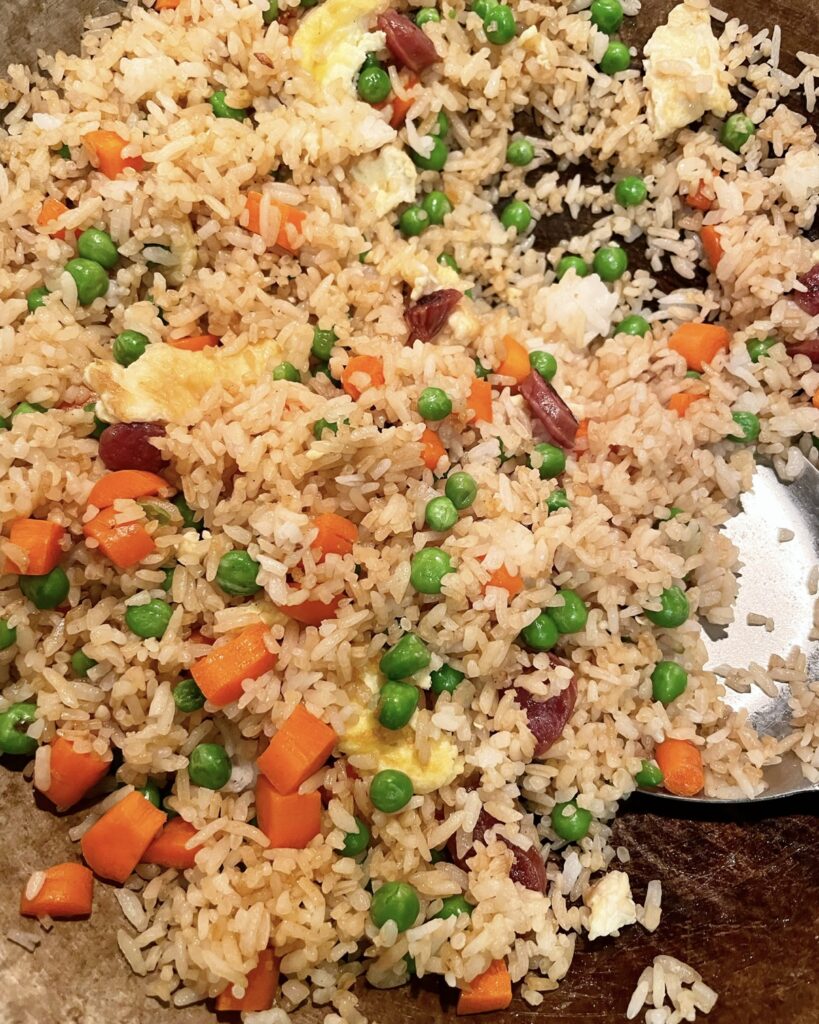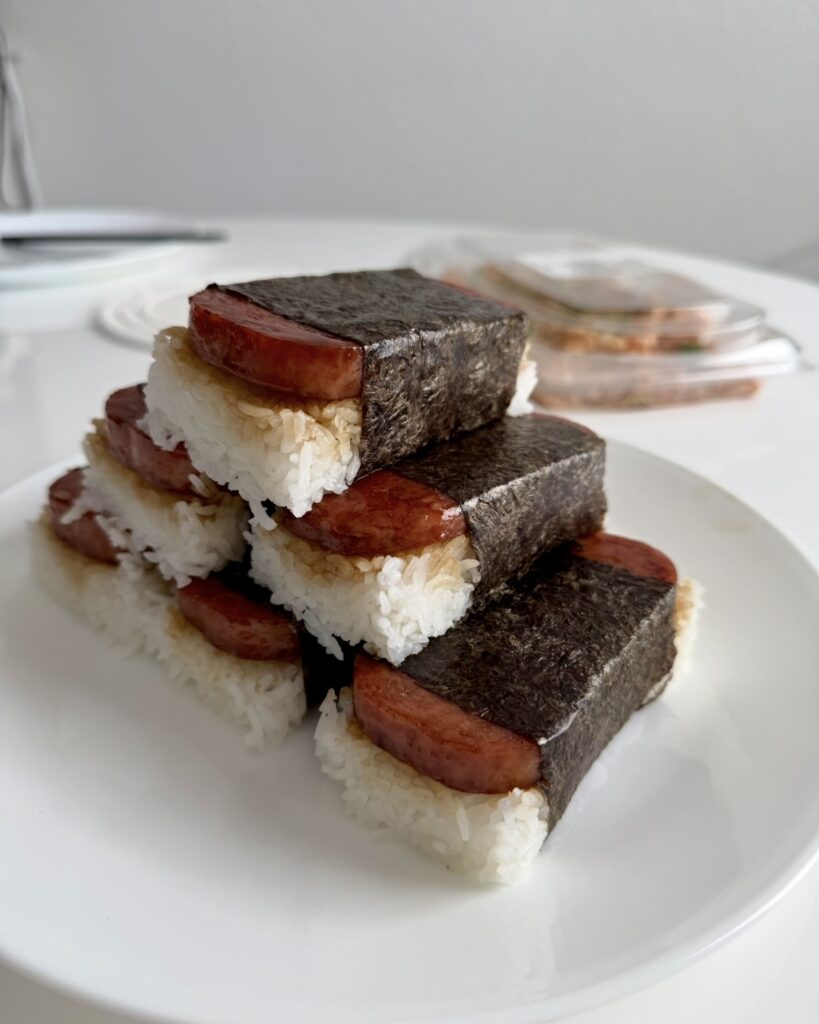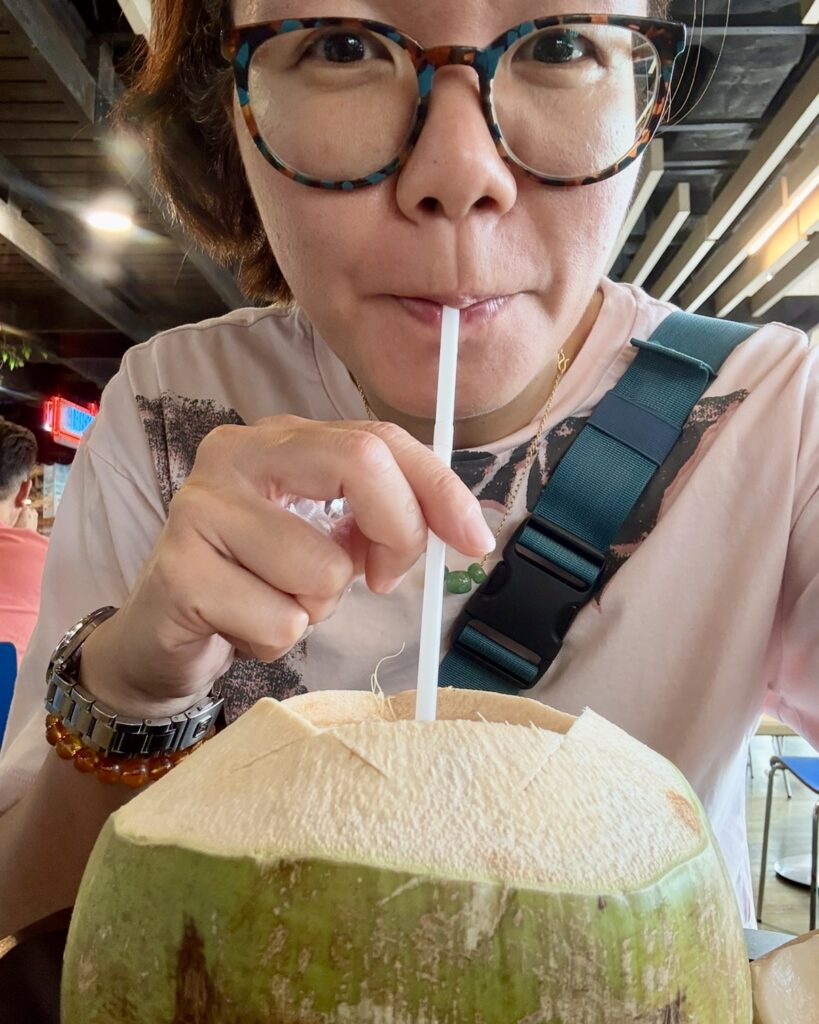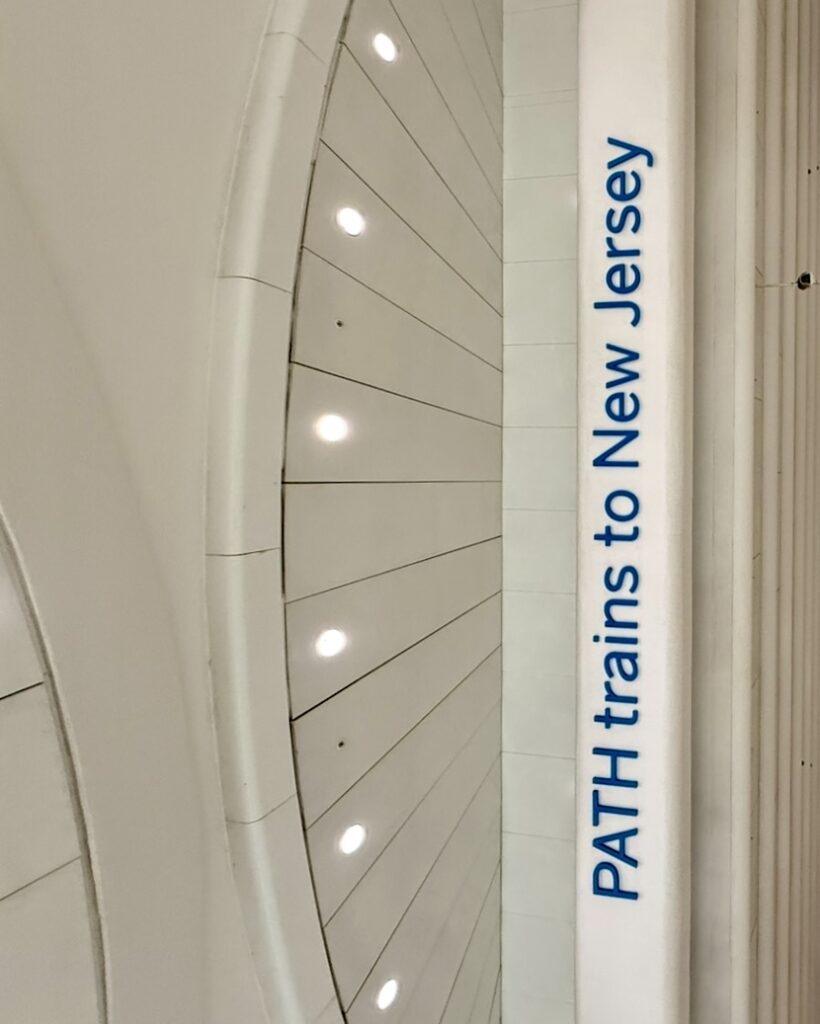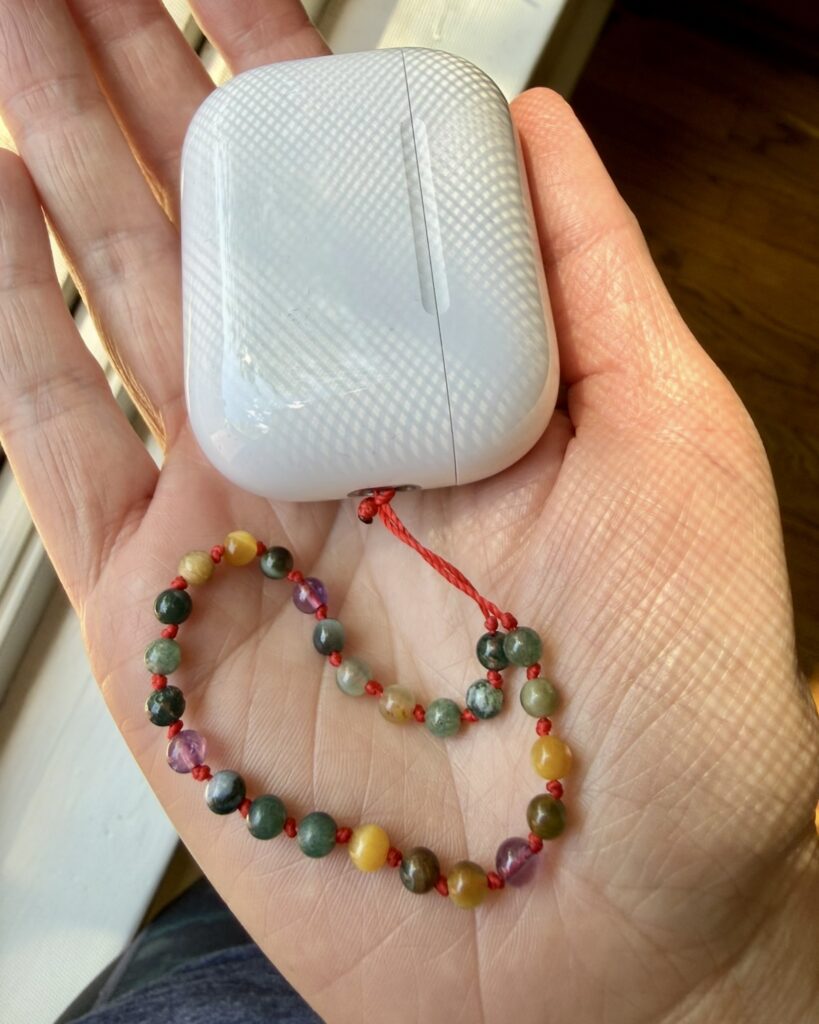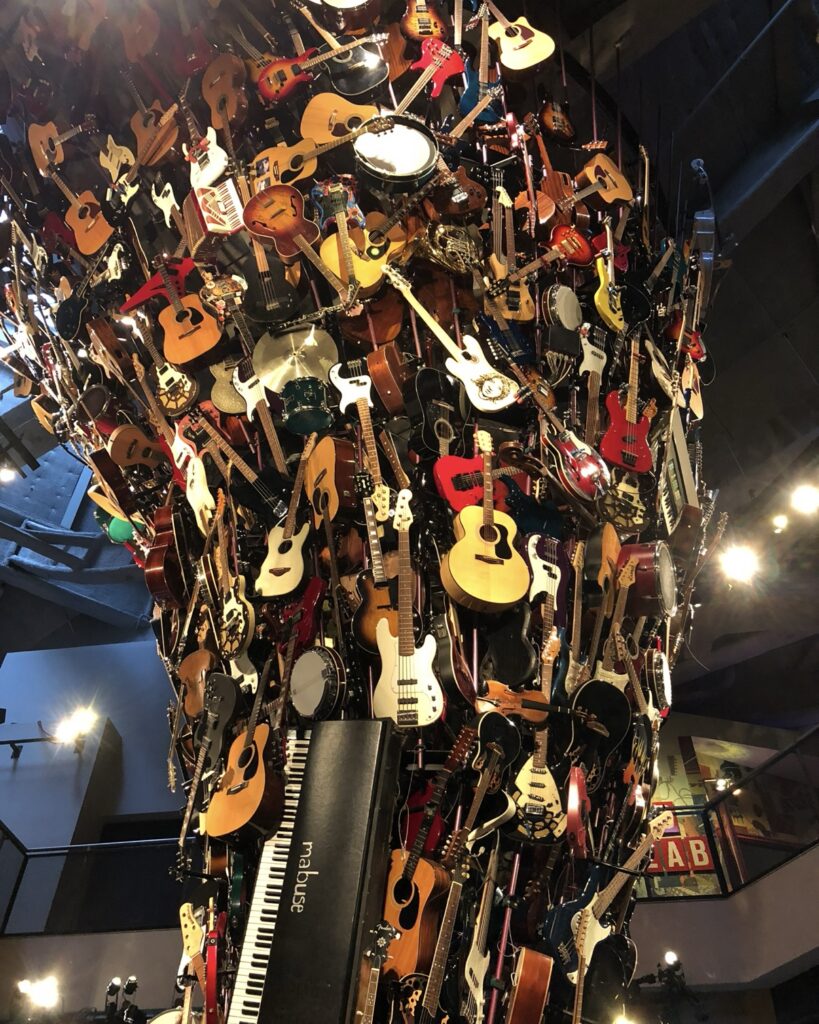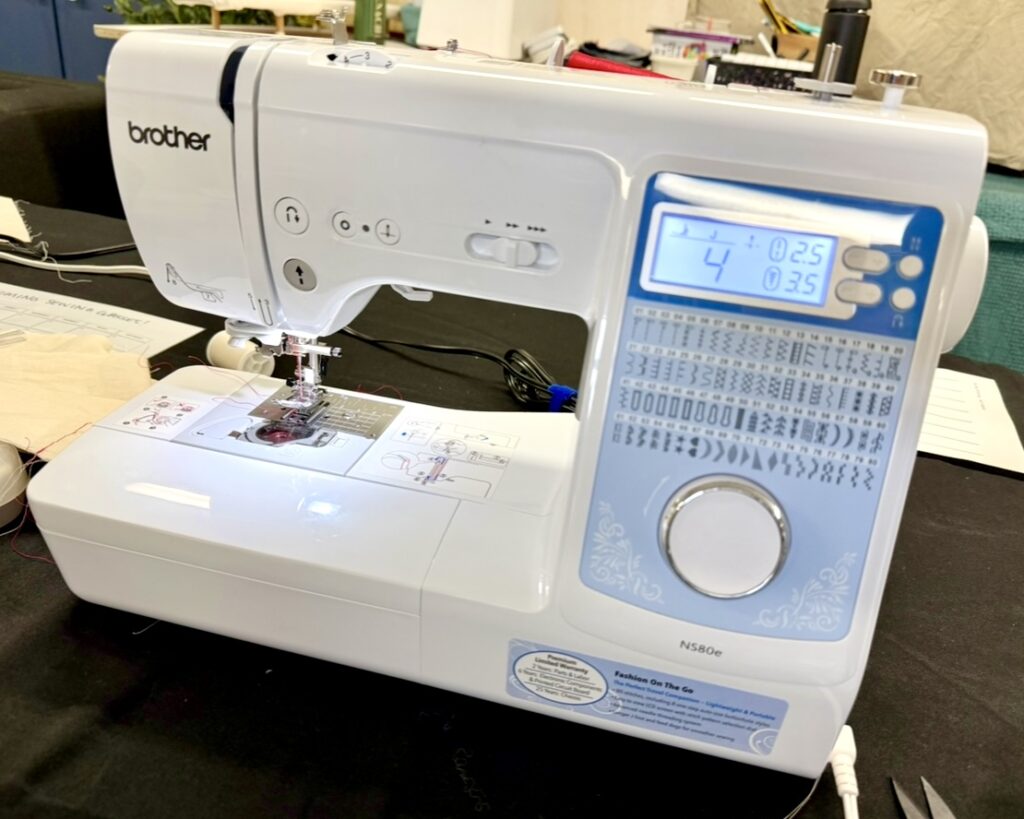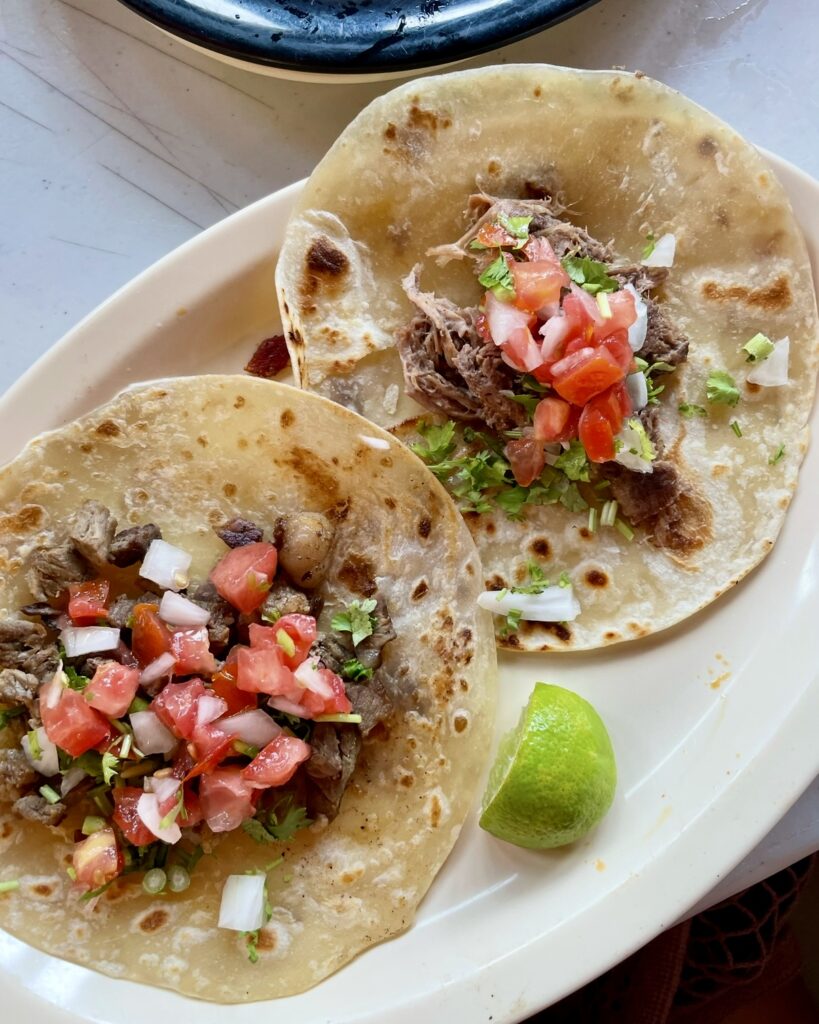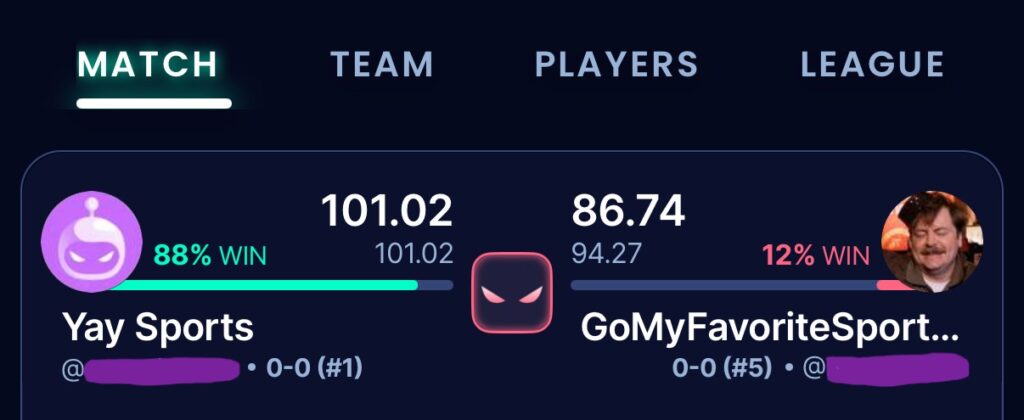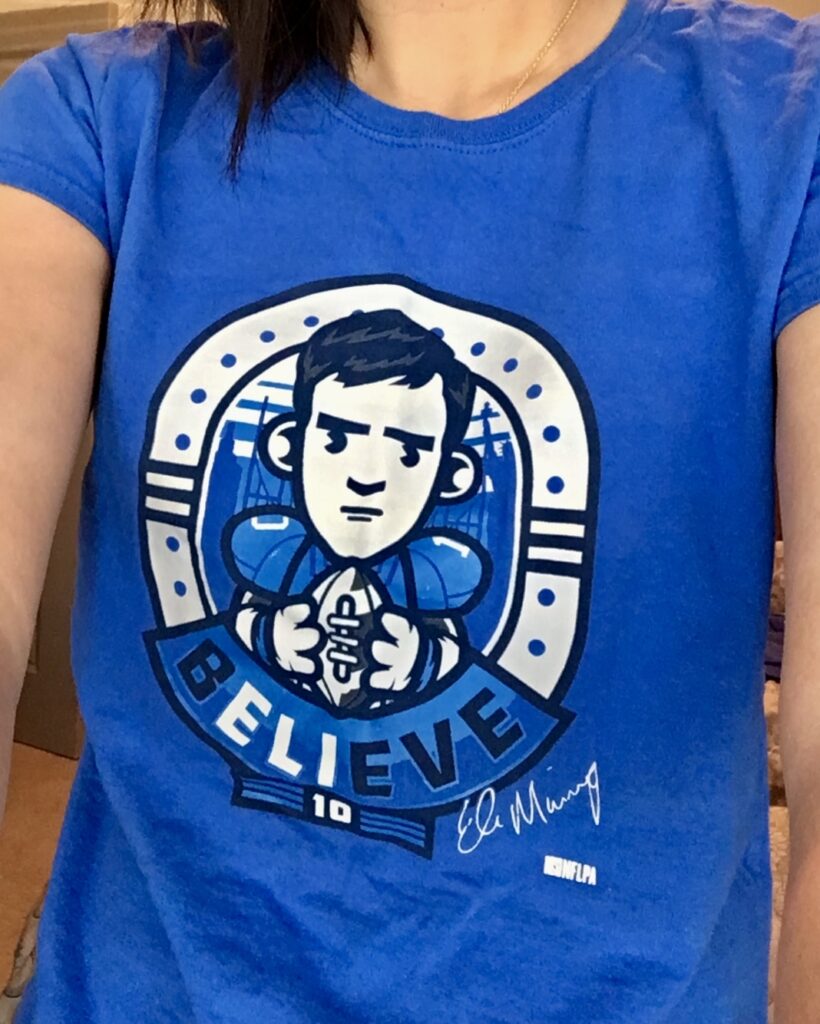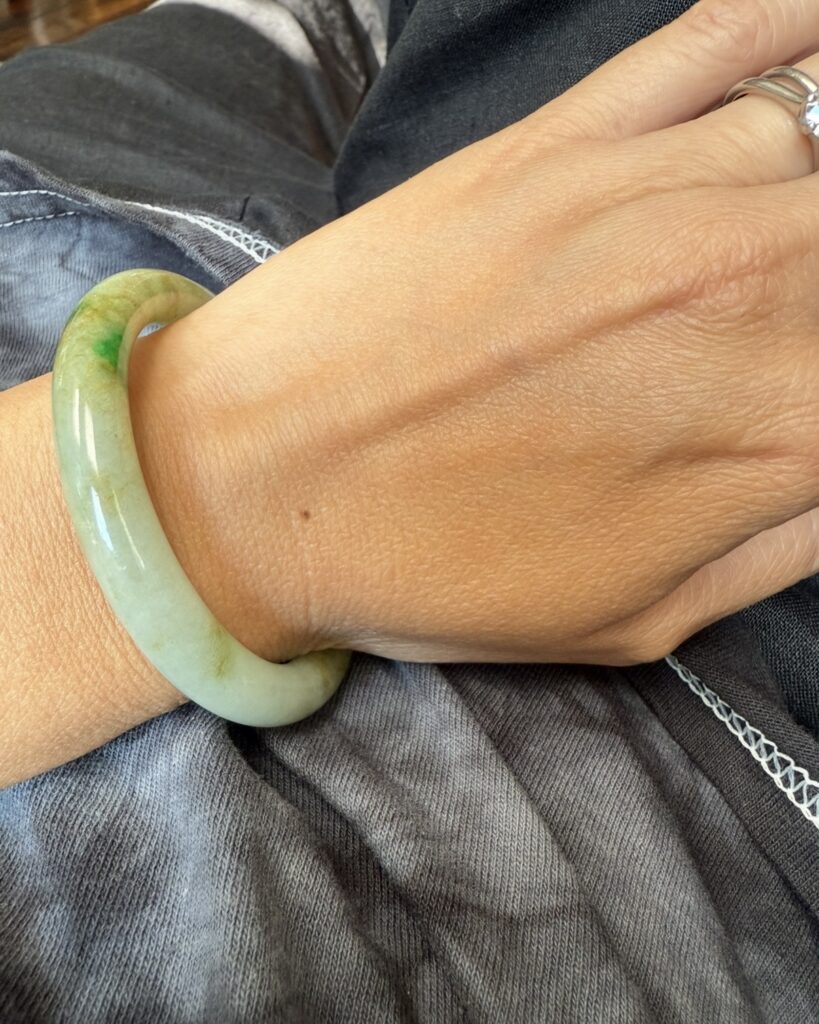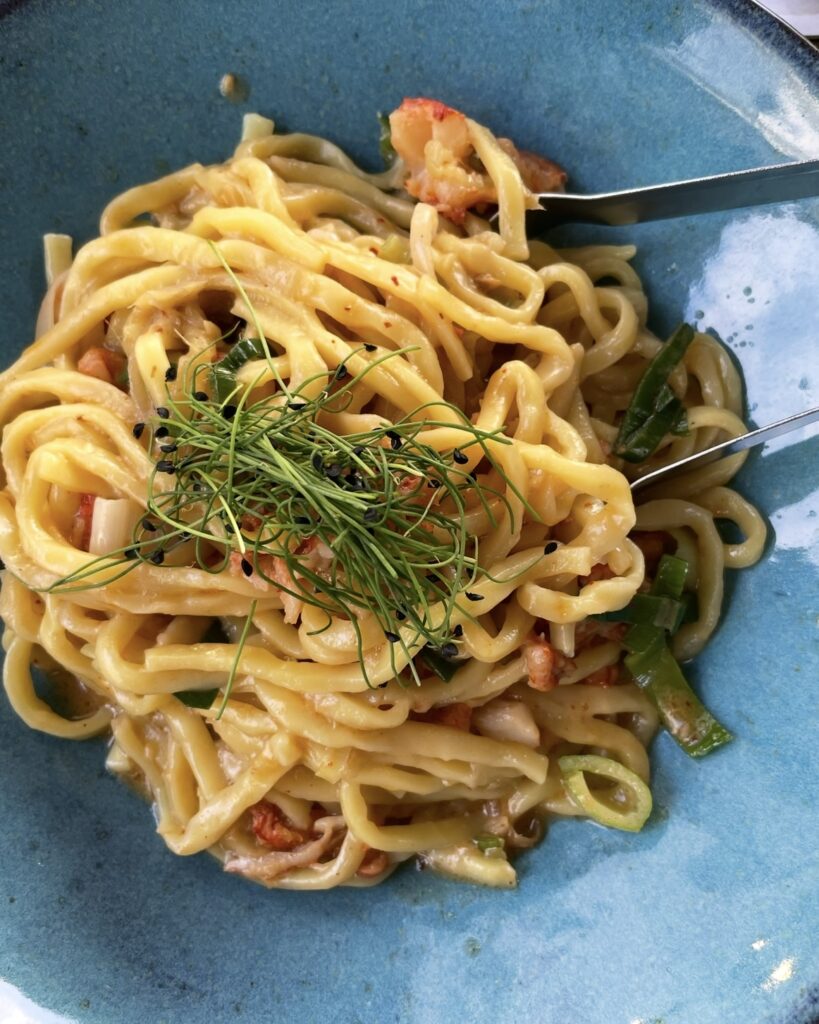He taught me how to tip well and talk back, among other things.
Today would have been my dad’s 76th birthday.
Every year, our only tradition is a steak dinner — nothing fancy, just something he loved. Sometimes we go out, sometimes we stay in, but the point is the same: we remember him. Tonight I’m making ribeye and baked potatoes, and we’re opening a good bottle of red.
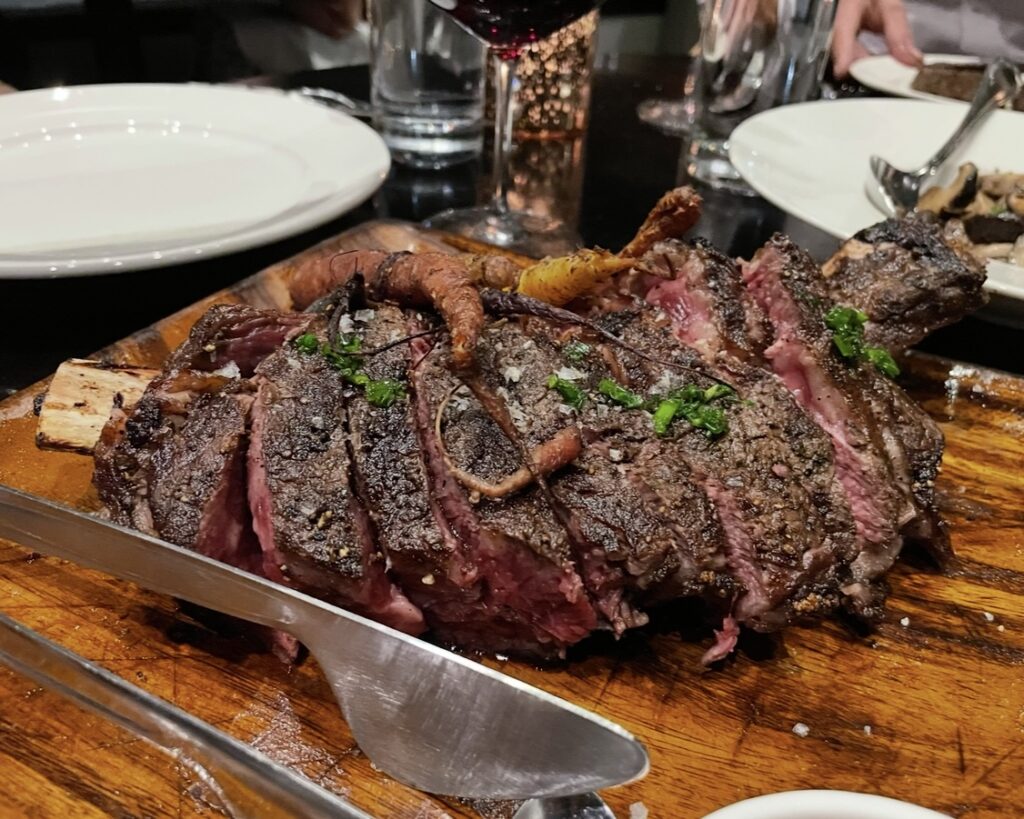
I think of Dad often — how can I not? And it’s usually when I realize I do something the same way he used to, or the way he taught me. There are things he taught me on purpose, but there are others I learned from observation.
Here are some of those things.
—
How to Tip Well
When I was a teenager, Dad and I went on a father-daughter date, just the two of us, to get dessert at Komegashi Too, a little Japanese restaurant at the Jersey City waterfront.
We both really wanted tempura green tea ice cream that evening. So we walked in, sat at the bar, had our ice cream and a good time. When the check came, Dad tipped 100%. It wasn’t much since all we had was two desserts, but it was 100% of the check. I was confused, because wasn’t 20% “the rule”?
He said the staff works hard, it still took some time and effort for them to bring out our ice cream, and we took up two seats at the bar. Besides, the extra money meant more to them than it did to him — they were working, and we were having a good time.
That was the day I realized the entry fee for a night out. And he never made a show of his generosity, either.
How to Have My Own Income (and therefore, my own independence)
My first summer break since going off to college, I decided I needed a summer job. My mom asked me if I was sure, I worked hard all year and could use a break.
Yeah, but I also wanted my own money.
The way I remember it, Dad convinced her to let me do what I wanted — I was his stubborn daughter, after all. If I worked to make my own money, no one could tell me how to spend it. And it would teach me what it takes to make money.
What it took was six hours a day on my feet, making coffee for cranky undercaffeinated customers and getting through a lunch rush on the register, all for $8 an hour. I don’t even remember what I spent my first paycheck on, but I remember him being proud of how pleased I was with myself. I earned that check, all $300 of it, or whatever meager amount it was.
He taught me to make my own money and not have to rely on anyone to make it for me.
How to Appreciate Nice Things
Dad was a blue-collar man, but he still liked nice things. Nice things that happened to be expensive.
I was a bit more practical — maybe too practical. I saved my money for a rainy day, a rainy week, maybe a rainy decade. I treated every purchase like a high-stakes decision instead of something meant to bring joy.
Dad convinced me to enjoy my hard-earned money. He didn’t tell me to blow it all on frivolous things, but he wanted me to understand that life is short and pleasure counts. That sometimes the thing you really want is worth it, even if it’s not the cheapest option on the shelf. An iPod Nano, in blue, for example. He reminded me that music mattered to me, that I’d love it every day, and that working hard is partly so you can have the things that make life feel good.
Well, he’d be proud that I have some really nice things now, and I didn’t wait for a monsoon to spend that cash.

How to Love Music
Life’s better with a soundtrack, and I know I got my love of music from my dad. I don’t think there was ever a silent car ride — at least I don’t remember one. There was always music playing, and more often than not, some singing along too.
When his schedule allowed, he drove my friends and me to school in the mornings. After Dad passed, one of those friends reached out and told me she’ll always remember him belting Enrique Iglesias in the car. How specific, and how accurate.
From him I learned that music isn’t background noise; it’s memory-making. It sets the tone for a day, it sticks to you. I’ve tried to carry that with me — starting my mornings with a song that makes me feel awake, or alive, or just a little less rushed. And I still sing along to everything in the car.

How to Drive… Er, How to Know Your Limits
He tried.
He started with the basics — mirrors, signals, both hands on the wheel. We drove around an empty parking lot for me to learn how to control my speed and turns. There was a lot of braking. A lot of deep, fatherly sighs.
At some point, I think he realized (1) I was going to pass my driving test and be a competent driver someday, and (2) he didn’t want to get frustrated with me, so he wasn’t the person who was going to get me there. So he did the smartest thing possible: he paid for driving lessons.
That might’ve been the real lesson: knowing when to teach, when to step back, and when to outsource to a professional for the sake of the relationship.
How to Care Quietly
He wasn’t someone who announced what he was doing for you. He just… did it. Filled up my tank without mentioning it. Moved my car before the street sweeper came. Bought extra cases of water at BJ’s because he knew I’d take one back to school. Picked all the mushrooms off his plate and put them onto mine because he knew I loved them.
None of it was loud. It was just his way. What I understand now is that quiet care is still care, just delivered differently. It’s love in shorthand. It’s attention disguised as ordinary tasks.
How to Be a Smartass and The Art of Talking Back
My dad had a gift for talking back — the quick comeback, the one-liner that cut straight through the nonsense. He didn’t tolerate bullshit, and he didn’t sugarcoat things. He could cut through a conversation with one sharp sentence and then move on like nothing happened.
When I went to Singapore during one of my school breaks to visit my aunt and grandma (his sister and mom), Grandma kept giving me shit for wandering around on my own. I basically told her that I was there on vacation, I came home for dinner, and therefore I was going to do what I wanted — so who cares? She complained to my dad, and he just said, “What do you expect? She’s my daughter. The apple doesn’t fall far from the tree.”
The irony, of course, is that he absolutely hated when I did it to him. Anytime we argued, I’d storm off to my room and toss out a final “It’s not fair” or some other dramatic last word. And without fail, he’d call after me, “You always have to have the last word, don’t you?” (Fun fact: this is why my parents wanted me to be a lawyer.)
Whether it’s in my blood or something I picked up from watching him, I know how to stand my ground. I know how to speak up for myself with a little bit of edge. It was never about disrespect — it was about knowing my voice and using it.

—
These are the lessons he left me with, the ones that keep revealing themselves over time. I didn’t realize I was paying attention back then, but it turns out I was taking notes the whole time.
Happy birthday, Daddy.

